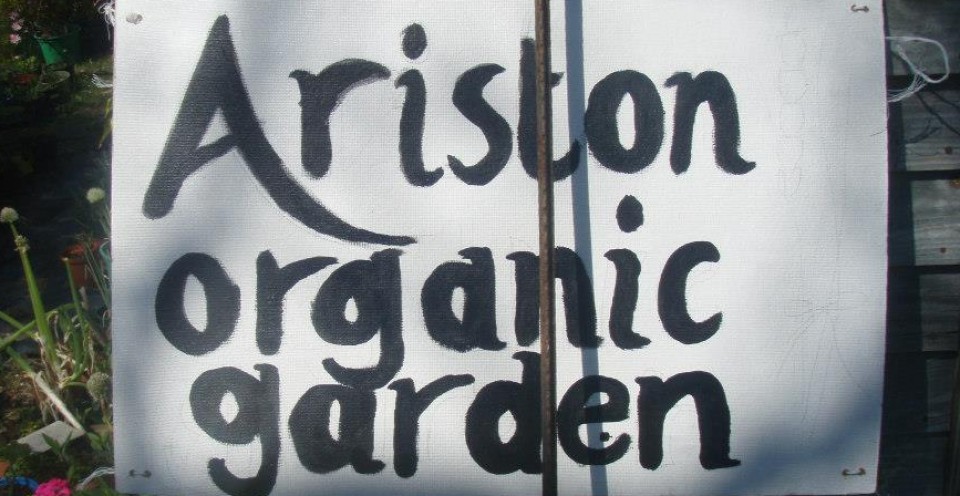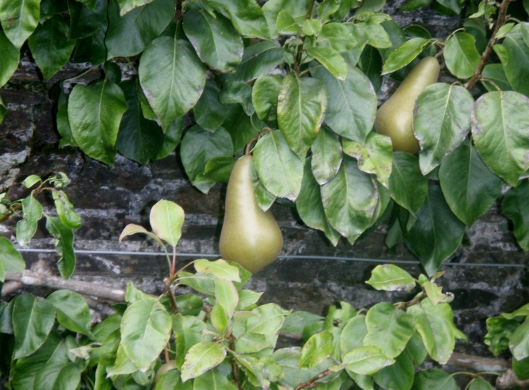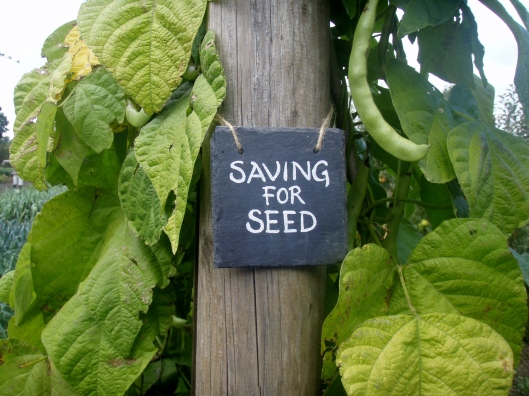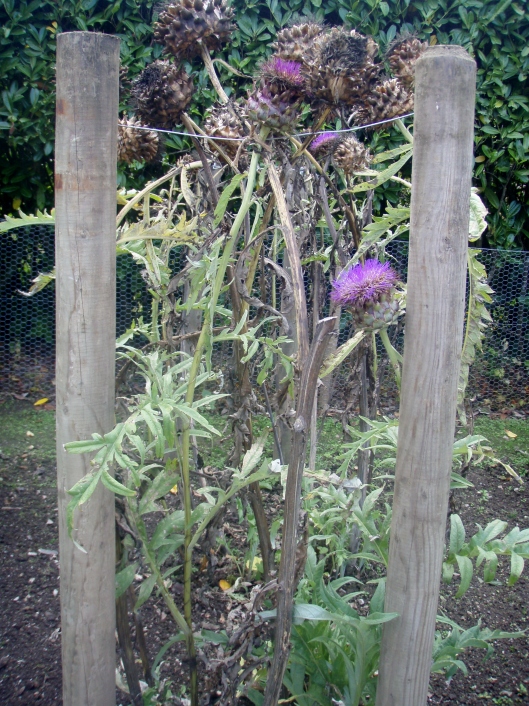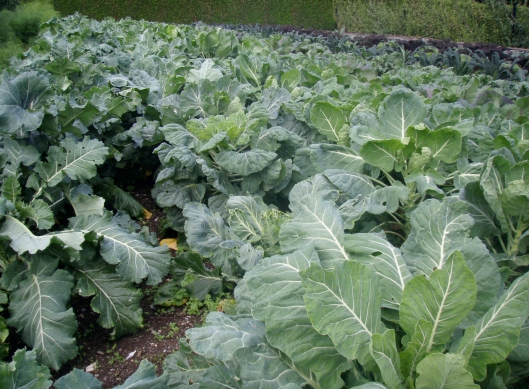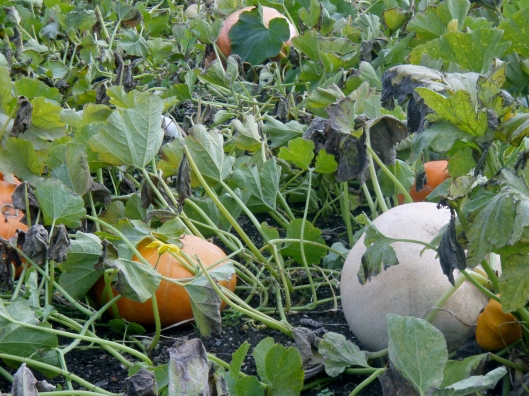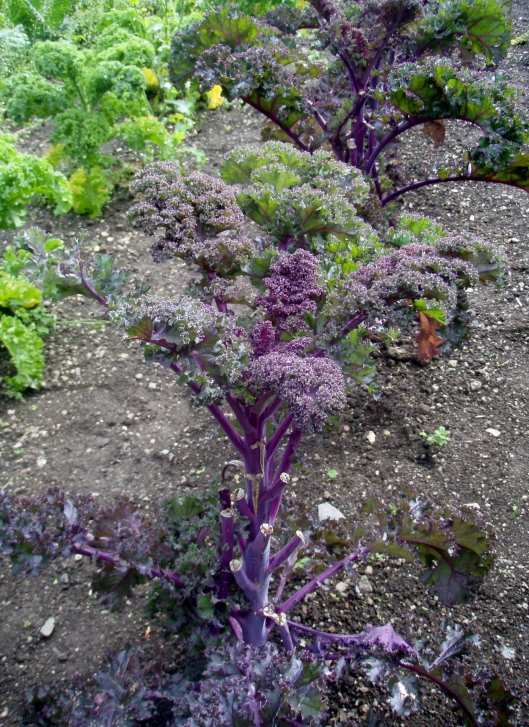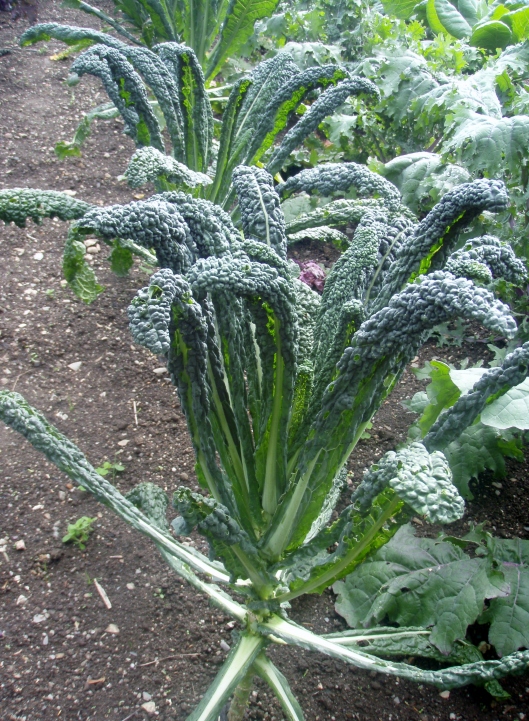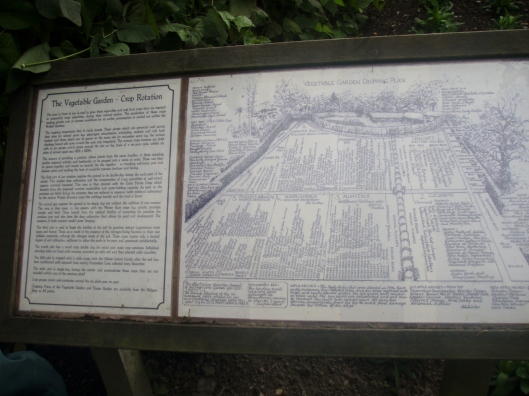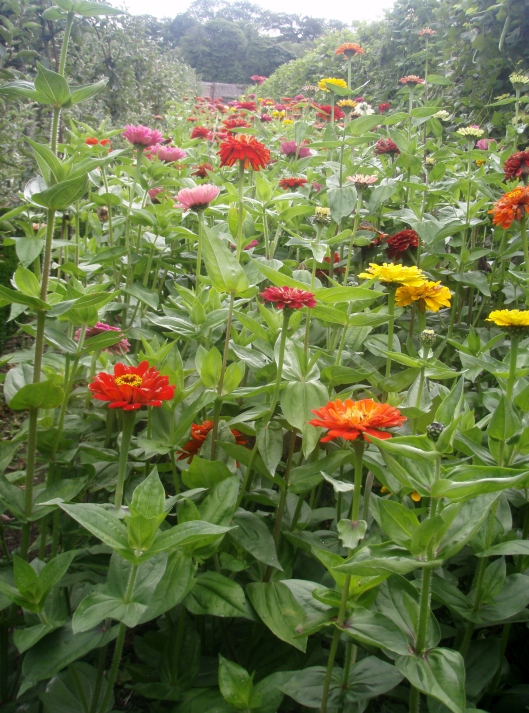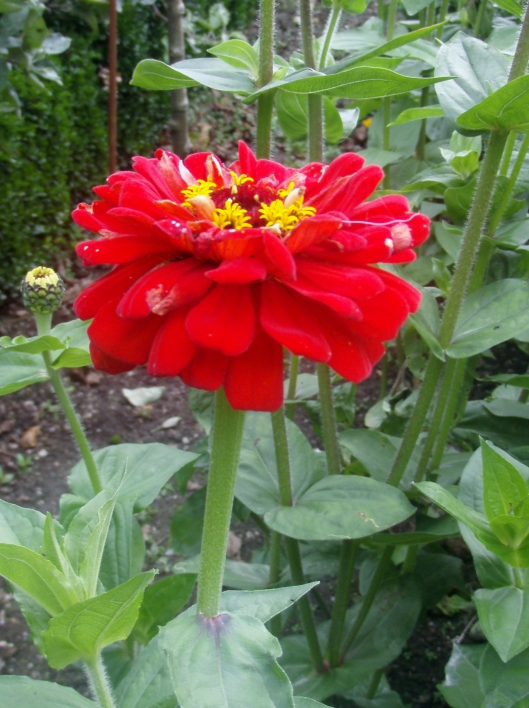
GARDEN PESTS: FRIEND OR FOE?
Creating and nurturing a garden in order to make it a place that birds will want to visit adds new purpose to gardening. The single most important factor to ensure success in attracting birds to your garden is to provide an abundant and varied supply of insects that are included in their diet.
If birds and humans could communicate, they would surely disagree on what constitutes a pest and what is food! For many gardeners the only good insect is a dead insect but, before you spray, be aware that those offending bugs may be food to the birds and their chicks.
As most of the so-called garden pests are included in the diet of birds, non-chemical solutions to problem areas should be used. The ideal pest control strategy is to rely on natural predators such as ladybirds and praying mantises or to remove affected branches or hand-pick off large bugs that can then be destroyed. To sustain a population of predators in your garden, there needs to be a source of food or pests and most plants are able to cope with a small number of pests. A healthy garden will have a sustained balance between predators and prey.
Millions of years ago the ancestors of our flowering plants began using insects as pollinators and in time the shape, colour and fragrance of flowers evolved to attract these pollinators. South Africa currently has at least 80 000 insect species, some of which we deal with below and others that will be included in future posts.
ANTS. There are many different species of ant. There are good ants and bad ants. Some species do considerable damage in both the garden and the house and should be controlled using environmentally friendly methods. Some are carnivorous and will attack and kill various types of insects. Ants and termites are bitter enemies, because the soft bodied termites are easy prey for ants. Most ants are scavengers that feed on plant and animal debris. Ants and aphids have an interesting relationship and some types of ant feed on the secretions of honeydew produced by aphids. The little black ants found in our homes are from Argentina. They run in long, thin traffic streams. They are fierce and drive out our indigenous ants. This has resulted in a serious reduction of our fynbos as some of the local ants play an important role in seed dispersal. Remember, however, that ants are an important link in nature and some should be present in a healthy garden.
APHIDS. These little insects are well-known to most gardeners and are the curse of farmers, rose growers and cultivators of exotic plants. They cluster on young shoots from which they suck the sap. For aphids it is a “woman’s world” as in some species males have never been discovered. It takes four days for an aphid to mature and start producing its own young. Although a jet of soapy water will remove these pests from a stem, remember that they are the staple diet of numerous other creatures such as hover flies, lacewings, ladybirds, thrips, wasps, white-eyes and several other bird species. Inter-planting beds with marigolds and wild garlic will help to keep aphids at bay.
BATS. Of 925 species found worldwide, 53 occur in South Africa. As with birds, some eat fruit and others eat insects. If you provide for birds in your garden, they will inevitably be replaced after sunset by bats. The most frequently encountered bat in Cape Town is the Egyptian fruit bat, which loves the fleshy fruits of Podocarpus latifolius – Real Yellowwood. Bats emit sounds, which bounce back to them enabling them to locate food sources. An insectivorous bat can eat over 1000 mosquitoes in one night. Bats in turn are preyed upon by birds such as Falcons, Gymnogenes and Barn Owls.
BEES. Bees will usually only attack if provoked. Colonies of bees are more dangerous than individuals and, as a protective measure, will sting en masse when in the vicinity of their hives. Researchers have found that certain odours, such as human sweat or freshly mowed lawn, annoy bees. Bees are nature’s confectioners. They take nectar from flowers and, like many other insects, pollinate the plants with pollen that has stuck to their legs and bodies. When a bee stings, it pays with its life and dies after stinging.
BEETLES. There are approximately 350 000 species of beetle worldwide. The larvae of beetles sometimes feed on grasshopper eggs. Perhaps the most appreciated beetle is the ladybird, as their food source consists of aphids and scale insects. Few people realise that fireflies are also beetles. Beetles are generally harmless to humans although blister beetles contain toxins, which can cause blistering when handled. Bright yellow and black beetles are known as CMR beetles. They were named after the Cape Mounted Rifle Brigade, whose uniform colours they resemble. The white larvae of these pests is often found in compost heaps so, check your compost heap, harvest the worms and offer them on the feeding table for insectivorous birds.
CRICKETS. These insects naturally occur in grasslands but in the absence of these have found their way to our lawns. In nature, the population of crickets is controlled by creatures such as Crowned Plovers and Wood Owls but the most environmentally friendly way of eliminating them from your garden is to spray soapy water onto the lawn. It is said that if you count the number of chirps of tree crickets or “thermometer crickets” for six seconds, then add twelve, you will know the air temperature in degrees centigrade.
CUTWORMS. These grey-blackish caterpillars chew through stalks of seedlings just below ground level, after dark. A single female moth may lay as many as 1 000 eggs which will hatch after about a week. A solution is to wedge a circle of cardboard into the soil around each seedling until the plants are large enough to survive attacks. Being biodegradable, the cardboard will eventually rot away. Their natural predators are Hoopoes and certain types of wasps.
EARTHWORMS. These pinkish-brown underground creatures are familiar to most gardeners. They aerate the soil and ingest soil containing organic matter and minerals, and by so doing they assist in making compost. They can consume up to 30% of their body weight daily. Earthworms provide an important food source for many birds.
GRASSHOPPERS AND LOCUSTS. Many will eat plant material, but serve as a valuable food source for many birds such as shrikes, European Bee-eaters and even Spotted Eagle Owls. Elegant grasshoppers are poisonous and thus inedible. Their bright red and black colouring serves to warn predators of this.
MOLES (MOLERATS). In South Africa, the term “mole” is used for both molerats and golden moles. Molerats feed on roots and bulbs and are a genuine problem for gardeners. In nature, they render a valuable service by spreading corms of several indigenous plant species, thus assisting in propagation. Molerats burrow into the soil and raise mounds. This process actually assists gardeners, as the drainage of the soil is greatly improved. Their natural predators are mole snakes, which can reach them in their burrows. However, gardeners have eradicated mole snakes. The only effective way to get rid of moles is not to plant what they like or, alternatively, place bulbs in mesh baskets before planting.
SNAILS AND SLUGS. Most gardeners are familiar with the imported snails and slugs that cause the most damage to plants. These are often the European garden snails, Helix aspersa, which is the same as those you would order in a restaurant! Another import is Cochlicella barbara, with its small ice cream cone shaped shell. The dwarf cannibal snail, Nata dumeticola, feeds mainly on other snails and slugs. Various snails and slugs are important food sources for certain birds. Thrushes break open shells, as do Burchell’s Coucals. A harmless snake, called the common slug-eater, has been eliminated by gardeners, thus contributing to the proliferation of slugs and snails
SNAKES. Snakes are on the top of the hate list of many gardeners. Provided there is enough natural habitat available, snakes will usually stay there instead of your house. Snakes are a source of food for mongooses and eagles, and sometimes the Bokmakierie. All snakes, except egg eaters are carnivorous. You will not be attacked unless you corner or tamper with snakes. As snakes are good indicators of the balance in your garden you should be pleased to find one. Snakes are deaf and detect danger by picking up vibrations in the ground. Although a snake is quick to see any movement, its focusing is poor, so if you stand dead still, it will assume you are another tree.
SPIDERS. Spiders are your very best insecticide. Spiders are an extremely important link in the food chain. Although predators themselves, they are eaten by many birds and their webs are essential material for the nests of a variety of birds, including sunbirds. There are two types of spider – those that live on webs and those that are not web bound. Spider bites are mostly attributed to the sac spider. Remember the old Scottish belief : “If you want to live and thrive, let a spider run alive.”
TWIG WILTERS. These large, elongated, dull brown bugs often have shiny orange markings and emit a repugnant-smelling liquid when threatened. They are usually found on new growth, causing the tips of the plant to wilt and die.
WOODLICE. These oval-shaped, flattish, grey little creatures are not really lice, or even insects, but are crustaceans. They are often found in compost heaps or under logs or bricks. They assist gardeners by eating dead organic matter and turning it into compost. Woodlice do not eat live plants.

